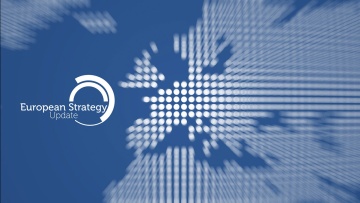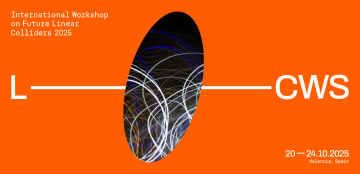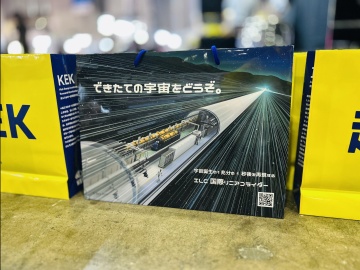Director's CornerILC in Europe’s Strategic OutlookUpdating the European Strategy for Particle Physics for 2026 |
FeatureJapan’s Vision for the Future of Particle PhysicsInterview with Tsuyoshi Nakaya, Chairperson, Japan Association of High Energy Physics |
AnnouncementsJoin us for the LCWS-2025!Shaping the Future of Linear Colliders — This Time in Valencia |
Image of the week“Freshly Made Universe – Just for You.”Behind the creation of the new ILC catchphrase |
Copyright © 2025 ILC International Development Team




